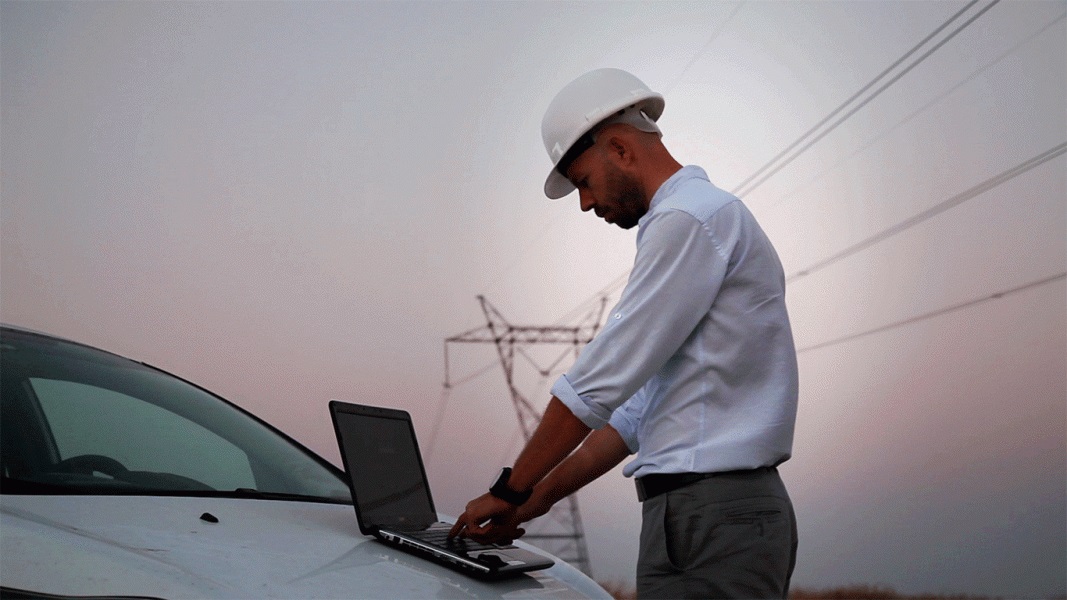Whether it’s faster deliveries or better communication, customers’ expectations are on the rise around the world—and when it comes to the field service industry, this is no different.
In today’s consumer environment where ‘Uberised’ services, increasingly optimised for customer convenience, it’s no surprise that consumers have come to expect the same level of service from engineers and technicians who visit their homes to make repairs and install equipment. Autonomous and smart vehicles also offer new opportunities for competitive advantage within the field service industry.
At this year’s CES show in Las Vegas, Nevada, there was an abundance of automotive technology, with companies showcasing highly innovative autonomous vehicles and Advanced Driver Assistance Systems (ADAS). It is predicted that autonomous vehicles will start to be sold to consumers in the early 2020s, but with car manufacturers already entrenched in a race to innovate, why are autonomous vehicles not taking over our roads right now?, says Paul Whitelam, Group VP, Product Marketing at ClickSoftware.
The short answer is a lack of customer trust and confidence—something which is fuelled by the absence of precedent and lack of clarity around potential safety risks. Clearly, there is much testing and regulatory compliance still to be undertaken before these fears can be allayed.
However, looking to the future, the benefits that autonomous vehicles can bring to field service customers are very real, and once customers begin to understand these advantages, acceptance and uptake is likely to increase quickly.
So how exactly can autonomous vehicles improve customer experience in field service?
Route optimisation
In an autonomous vehicle, field service engineers will be guided along the optimal route to their destination. Embedded autonomous vehicle technology will ensure drivers take the fastest and safest route to their job by analysing real-time traffic and avoiding congested roads. The potential for this to reduce time spent in traffic and fuel costs, and therefore increase business productivity and profit is significant.
In field service there are also specific policies in place that manage driver behaviour, and autonomous vehicles can automatically comply with these policies in order to improve safety for both engineers and other road users. In addition, autonomous vehicles are Internet of Things (IoT) enabled, which allows the sharing of valuable data between the vehicle and service base, ensuring that the correct cars are being distributed to the appropriate sites.
Improve timeliness
As with Uber, autonomous vehicles used in field service will be tracked via GPS, and customers can be notified when their engineer is on the way so that they do not have to wait at home for an extended period of time.
ClickSoftware’s recent global customer experience survey found that 60% of all consumers indicated that waiting a long time for a field service visit made for a bad customer experience. By tracking engineers on delivery days, customer inconvenience can be greatly reduced.

Autonomous delivery
Autonomous vehicles will also reduce the number of trips that engineers will need to take to their work sites, since they will be able to deliver the necessary tools (or entirely new machinery) to the engineer on request. In addition, if the machinery has an easy fix that the customer will be able to do themselves, autonomous vehicles will be able to deliver the parts to the customer without an engineer even needing to be present.
Constant communication
At CES 2017, leading automotive brands also announced they are now embedding virtual assistants into their cars. In the context of field service, virtual assistants will be able to send automatic notifications to customers, providing useful updates when an engineer is stuck in traffic or otherwise delayed.
Apple’s virtual assistant, Siri, is already used in vehicles, but competitor virtual assistants (including Microsoft’s Cortana and Amazon’s Alexa) are also beginning to take the tech market by storm.
ClickSoftware’s research also found that, across the board, field service professionals consider IoT enabled communication between machine/appliance and suppliers to be the most impactful industry technology trend over the coming five years—something that looks set to be achieved if virtual assistants are used in autonomous vehicles.
Using autonomous vehicles and virtual assistants will also drive efficiency for engineers and technicians, given they will be able to focus on their day’s ‘to-do’ list rather than the drive to their destination.
This creates valuable time that an engineer can spend reviewing the necessary information for his/her next job, pre-assemble a part, or assist other technicians remotely. The potential gains this presents in terms of productivity are undeniable, and it’s a message that needs to reach the top table at all field service organisations.
Autonomous vehicles can bring some very obvious benefits to customer experience in the field service industry. And, while there may be various obstacles that need to be overcome before they are introduced to the masses, it will not be long before autonomous vehicles are used around the UK —and indeed, the rest of the world—to improve customer experience in field service, and exceed ever increasing expectations.
The author of this blog is Paul Whitelam, Group VP, Product Marketing at ClickSoftware.
Comment on this article below or via Twitter: @IoTNow_ OR @jcIoTnow










